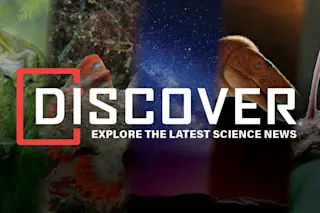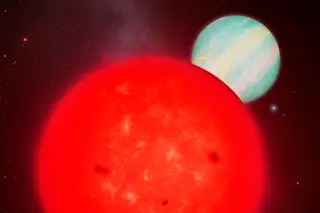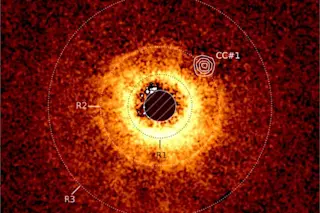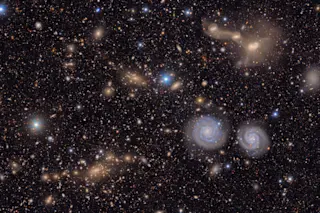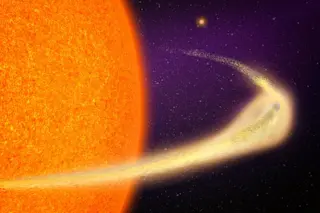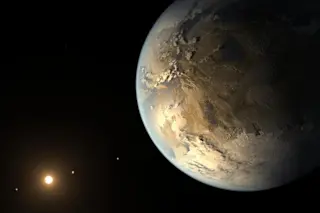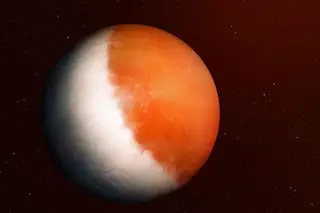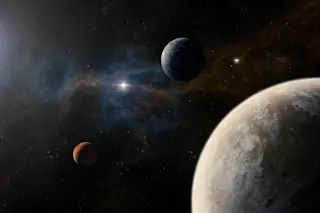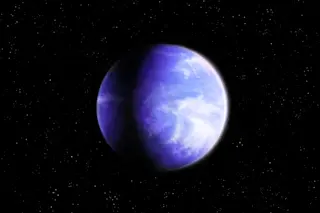Two stories just came out that I would love to spend time writing up in full, but I'm trying to get a million things done before I leave for Dragon*Con in the morning, so I'll be brief:
1) Astronomers using the Chandra X-ray Observatory have discovered a binary black hole: two ginormous beasts orbiting each other about 500 light years apart in the center of the gorgeous spiral galaxy NGC 3393. Each has a mass of at least one million times that of the Sun. While binary black holes in the centers of galaxies have been spotted before, this is the closest one found: a "mere" 160 million light years away! 2) A newly-discovered planet (PDF) orbiting a star just 36 light years away appears to be at just the right distance to potentially have liquid water on its surface. The planet, HD85512b, orbits a star somewhat smaller and cooler ...


